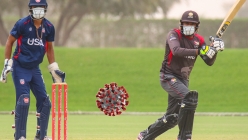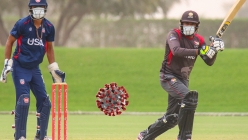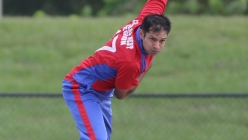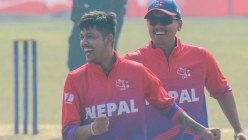Dreamcricket USA News
A Summer of Cricket In The Times of Covid-19
2020 Apr 27 by DreamCricket USA
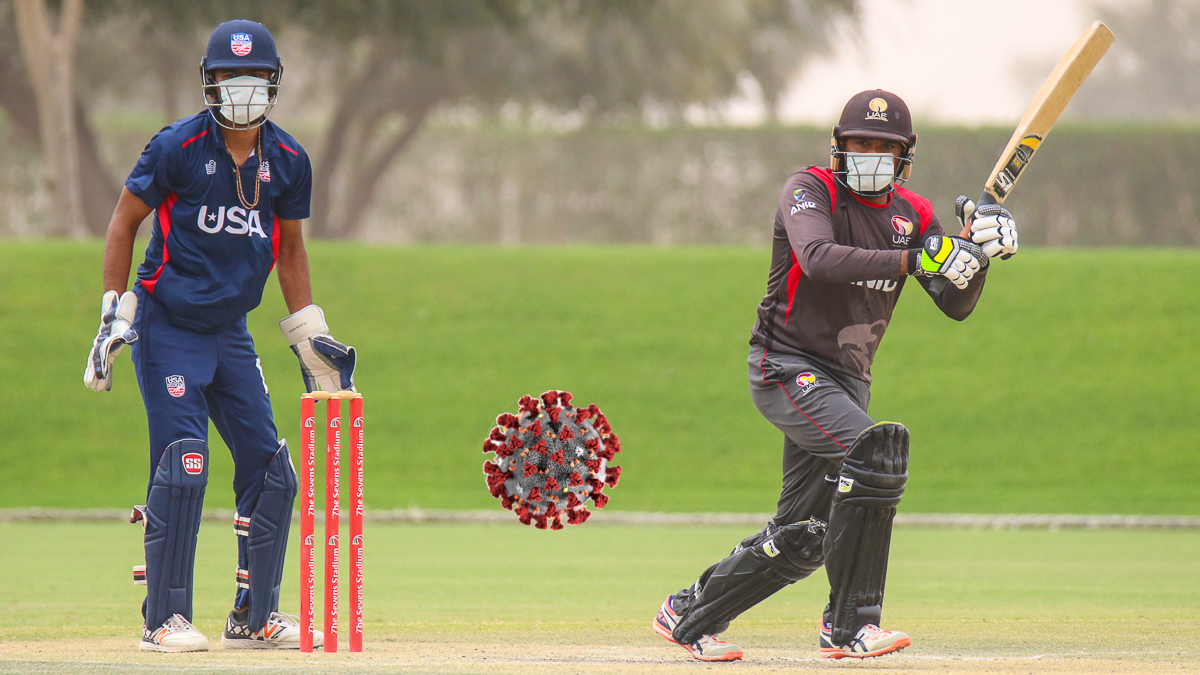
By Venu PalaparthiJust as countries need to be thoughtful about easing lockdown restrictions, sports administrators need to be measured when it comes to resuming sports activity. This is especially true for cricket.
Covid-19 has had a devastating effect on sport across the world. Cricket is no exception. From the local youth league in New Jersey to the $6.7 billion IPL, Covid-19 has been an equal opportunity wicket taker. The sport, like life itself, has receded to Zoom online sessions and reviews of old games. As summer approaches, die-hard cricket fans from around the country are asking: what do we do about the 2020 season?
Just as countries need to be thoughtful about easing lockdown restrictions, sports administrators need to be measured when it comes to resuming sports activity. This is especially true for cricket. With cricketers emerging from winter hibernation, quite literally this year, cricket can learn from the experiences of other sports, especially from countries which are just resuming sports activities.
Making a case for resumption in June
South Korea, which reported its early Covid cases the same time as the USA towards the end of January, and saw its Covid-peak at the start of March, set May 5th as the opening day for the wildly popular Korean Baseball League (KBL). New cases in South Korea are expected to come down to single digits (Korea had just 10 new cases yesterday). Even Italy, which experienced its Covid peak in the third week of March, announced that it would potentially allow athletes to train in small groups by the first week of May. The current expectation is that Italy will see its soccer season commence in June. With those countries as benchmarks, we should expect that densely populated areas of the U.S., including New York and New Jersey, are looking at a mid-June start to the season at best.
A word of caution as we extrapolate timelines from the Korean or Italian experience. The total death toll for South Korea stood at 243 yesterday, compared to 26,644 for Italy and 54,239 for the U.S. South Korea had much better results, largely thanks to its containment efforts and extensive testing. Back in March, right after South Korea peaked in number of cases, the country had conducted 3,692 tests per million people whereas USA had performed fewer than 5 per million. While testing has increased in the U.S. in recent weeks, experts agree that there is some catching up to do.
Another equally important fact is that the U.S. will see different states peak at different times, so we should expect a staggered resumption across states. If we assume that USA’s main cricketing centers all peaked at some point in April, we should start seeing easing of the lockdown restrictions in those states by the end of May. Just this weekend, Dr. Deborah Birx, coordinator of White House Coronavirus Task Force, told Fox News that the death toll will have dramatically declined by end of May. Assuming that some semblance of normalcy will be restored in the main cricketing centers by end of May, we are looking at a June start in these states. Already, Tennessee, Mississippi, Montana, Georgia, Oklahoma and Alaska have begun to relax their lockdown restrictions. From a cricket standpoint, Georgia and Tennessee do have a fair amount of cricket and we can learn from their experience. Of course, there will be other non-cricket learning opportunities from all these states.
Having said that, opening cricket grounds and facilities too hastily will likely be an unpopular choice among park and township officials. The same can be said for being overly conservative. We should expect that officialdom will engage with the public and consider proposals to approve certain outdoor activities at some point in May.
In their advocacy for opening cricket grounds, cricket leagues cannot afford to have spokespersons who have their heads in the sand with regard to the virus. In the Whatsapp groups that I participate in, I have seen people who seem to believe that cricketers are blessed with some divine gift of immunity. Their explanations range from borderline unscientific to completely irrational. We definitely have cricketers who are hospitalized or are isolated for Covid-19 reasons in New Jersey. There is no reason to believe that we are immune just because of our country of origin.
When it comes to youth cricket, there are those who have advocated for resumption based on data indicating that there have been relatively few pediatric cases and close to no deaths. It is true that youth below 18 years of age accounted for less than 1.7% known cases as of April 2, but closer examination of the data reveals that some 45%, or over 1,400 of the pediatric cases occurred in New York and 15% occurred in New Jersey. Youth, and that includes junior cricketers, pose a transmission risk in the event of an outbreak. Youth administrators too need to be extremely careful as they contemplate resumption of cricket activities.
Leagues and clubs need spokespersons who are thoughtful, fact based and data driven as they present their framework for reopening cricket. Strong and clear communications both with township officials and with their constituents will be the need of the hour.
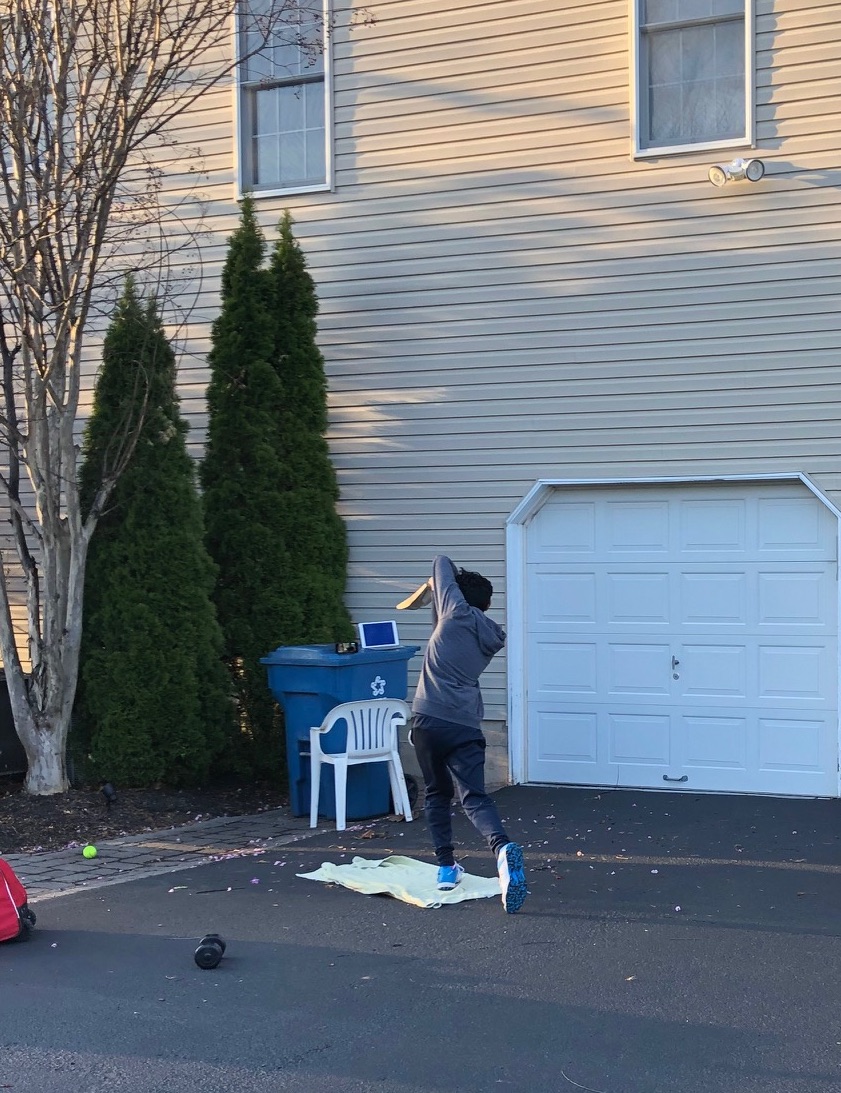 A roadmap for cricket
A roadmap for cricketCricket administrators need to begin drafting a framework for reopening now. Even in the most optimistic scenario, we will have lost over five weeks to Covid-19. That includes the Memorial Day weekend - which is cricket season's first major long weekend. It is better to come up with a plan in light of these circumstances so that measured and meaningful steps can be taken to keep the sport safe and more time is not lost when the grounds become available. Also, when cricketers do come out to play, they will do so with an abundance of caution initially, which means that cricket administrators will need to start reimagining the season in this new context.
[Pic Right: Cricket goes online during Covid-19 lockdown for members of DreamCricket Academy]
Step 1: Begin white boarding plans now
Unlike other sports, which have some semblance of a macro-level administrative machinery including medical experts, cricket in the US is still hyperlocal and volunteer driven. Local organizers of other sports have strong national bodies issuing guidance. This gives them an advantage when it comes to negotiating the pandemic. As an example, US Youth Soccer has mandated a suspension of all youth soccer until May 14. When soccer activities resume, local organizers can rely on a nationwide youth soccer plan that can be shared with their township officials. Youth cricket in the U.S. has no such highly influential top-level body issuing pandemic guidance, so each youth league and academy will likely make their own decisions. The same is true for nearly all league level cricket in this country.
In short, league and program officials need to collaborate with players, township administrators and other leagues in the region to develop an effective framework. At the minimum, these frameworks should incorporate additional safety measures, adjustments to meet physical distance requirements, and contingency plans.
Step 2: Outline safety measures
Cricket programs must consider the following preventative measures, especially at the start of the season, and also adopt a strong code so as to avoid issues later. Many of these have been implemented by the Korean Baseball League (KBL) and are thought to be extremely effective.
- Mandatory temperature checking: The biggest preventative measure one can take for Covid-19 is a temperature check. KBL checks temperature of all participants twice each day. Yes, the humble old personal thermometer will play a prominent role ahead of the coin toss this year. It will also become a part of a player’s kitbag. In addition, the umpire will likely need to carry a fail-safe infrared thermometer in addition to a ball-counter this year.
- Sanitizer and Handwash stations: Teams will need to ensure that they have access to water, not just drinking water but to wash hands as well. A tall ask when you consider that most cricket grounds lack even the most basic bathroom amenities. Players must bring their own sanitizers.
- Facial Covers: Every player must wear facial covers (cloth masks) at all times upon entering the field until such time that vaccines are available. Unless leagues codify it, it will be a challenge for umpires to enforce it. Remember that when a player fails to wear a helmet or an abdominal guard, he or she risks personal injury. When the player fails to wear a mask, the entire team is at risk.
- Sweat and Saliva: Not only do leagues need a rule against applying saliva or sweat on a ball, rules may be needed to prevent players from chewing gum or the assorted other chewable tobacco products that are popular among some adult cricketers. Once again, if one person breaks the code, all players on the field are at risk.
- Equipment exchange: Players should not be allowed to share equipment, especially helmets and gloves, masks and water bottles.
- Food: The camaraderie of the lunch break may need to be sacrificed for health reasons.
- Extreme exercise: While regular exercise keeps one fit, exercise can lower immune function if it is overdone. Coaches and volunteers should pay close attention to the amount of exercise, this is especially true in the case of youth cricket.
- Close contact: Players need to maximize physical distance to the extent possible. The celebratory hugs and chest bumps will have to give way to different routines that are more respectful of the distance norms. These should be outlined and communicated very clearly.
- Staying home: Players should stay home if they are sick or if a member of their household has exhibited symptoms. Even if an individual player might believe that they have a high level of immunity, that is not necessarily true for those around them and asymptomatic transmission is one of the greater risks associated with Covid-19.
- Playing with a niggle or an injury: We have all heard of and celebrated heroic players who came out to play despite an injury. But there is no room for such heroism during times of Covid-19. Captains and club presidents should make note that risking further injury and the resulting exposure to hospitals is definitely avoidable.
All cricket administrators must publish and make sure every participant is aware of the most common Covid-19 symptoms. Given the risk of presymptomatic transmission, it may be too late by the time you spot these symptoms. However, everyone must keep an eye out for these:
- Fever, cough, shortness of breath (noticed in 73% of cases under 18 and 93% of adults)*
- Just fever (noticed in 56% of cases under 18 and 71% of adults)
- Cough (noticed in 54% of cases under 18 and 80% of adults)
- Shortness of breath (13% of cases under 18 and 43% of adults)
- Muscle pain, headache, sore throat, nausea, vomiting, abdominal pain, diarrhea are other commonly experienced symptoms.
Step 4: Adjustments to format, length of the season, and other pertinent rules
An already shortened season will likely be further complicated by additional competition for fields and grounds, as practically all events scheduled for May have been postponed to June or later. Similarly, not everyone will be eager to play the initial games due to local factors as well as family circumstances. Given all these constraints, the league administrator needs to get creative when it comes to putting together a program that, even if it is limited, is enjoyable, without forsaking responsibility and caution. There are already indications that leagues are considering switching predominantly to a 20-20 format this 2020 season, especially for the lower divisions.
Old rules surrounding playoff eligibility, number of games in the season, forfeits, etc. may need reexamining in light of Covid-19. Umpiring is another area where leagues should expect challenges. In large parts of the country, umpires tend to be retired cricketers, a demographic that is more at risk for Covid-19. Leagues should pay some attention to the points table as well and create contingency plans surrounding deadlocked tables, assuming that there is a chance of a second lockdown. Just this weekend, Japan's northern island of Hokkaido imposed a second lockdown, 26 days after easing restrictions following a successful containment via its initial lockdown.
Step 5: Waivers and liability
Covid 19 is a serious contagion. Repercussions are severe, transmission is swift, and as noted before, it could be two weeks before you can trace the contagion’s impact. Let’s get this straight, there is considerable liability that comes with a transmission. Imagine a situation where a team notices one of the players on the opposing side is sick but the opponents decide to play that sick player anyway. The umpire relents and the match resumes. You can almost be certain that there will be a controversy, if not a lawsuit, if the sick player then transmits the disease to others. This might seem like a pessimistic scenario, but this is the exact kind of situation that waiver forms are supposed to mitigate for the club or the league. Administrators need to plan ahead to make sure they have the right mitigation framework in place to avoid problems later. Players may need to be informed regarding insurance as well, so there is no confusion on the player's, league’s or club’s responsibility when it comes to Covid.
These are just common sense guidelines as we enter a brave new season. Cricketers should start thinking about these issues issues now or they will find that they have played the ball a bit too late.
*Data Sources: CDC and Johns Hopkins
Picture Credit: Originally captured for this website by Peter Della Penna (Doctored for this article)

